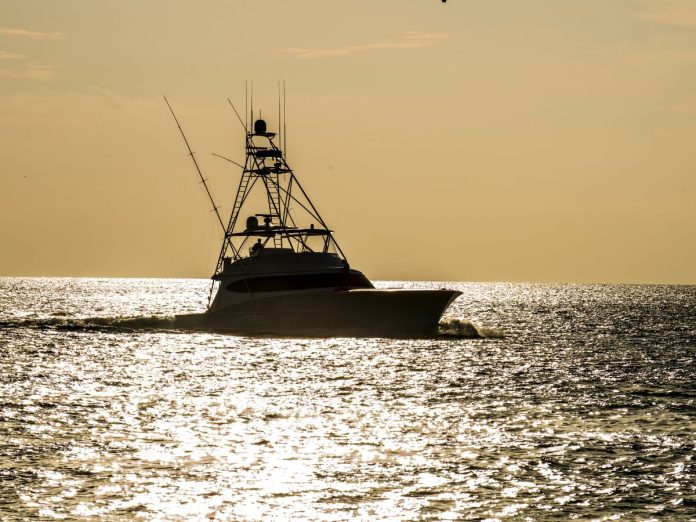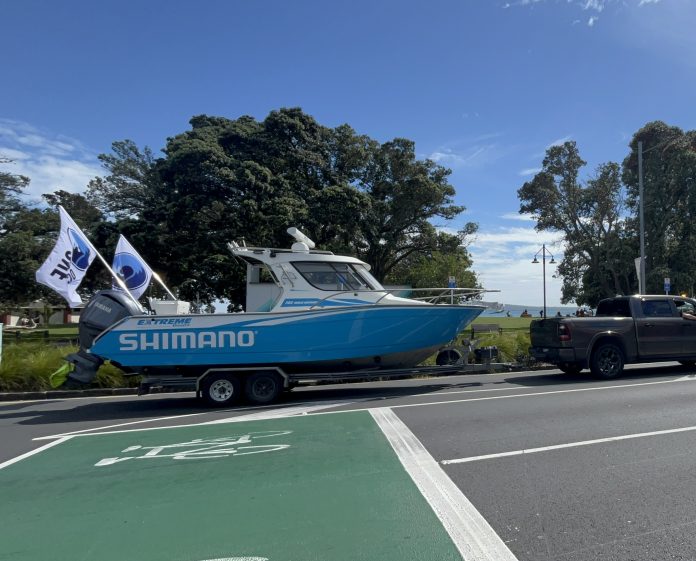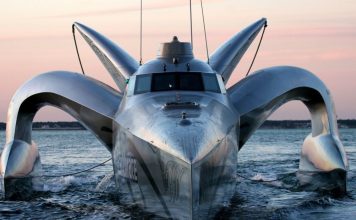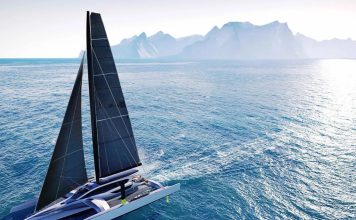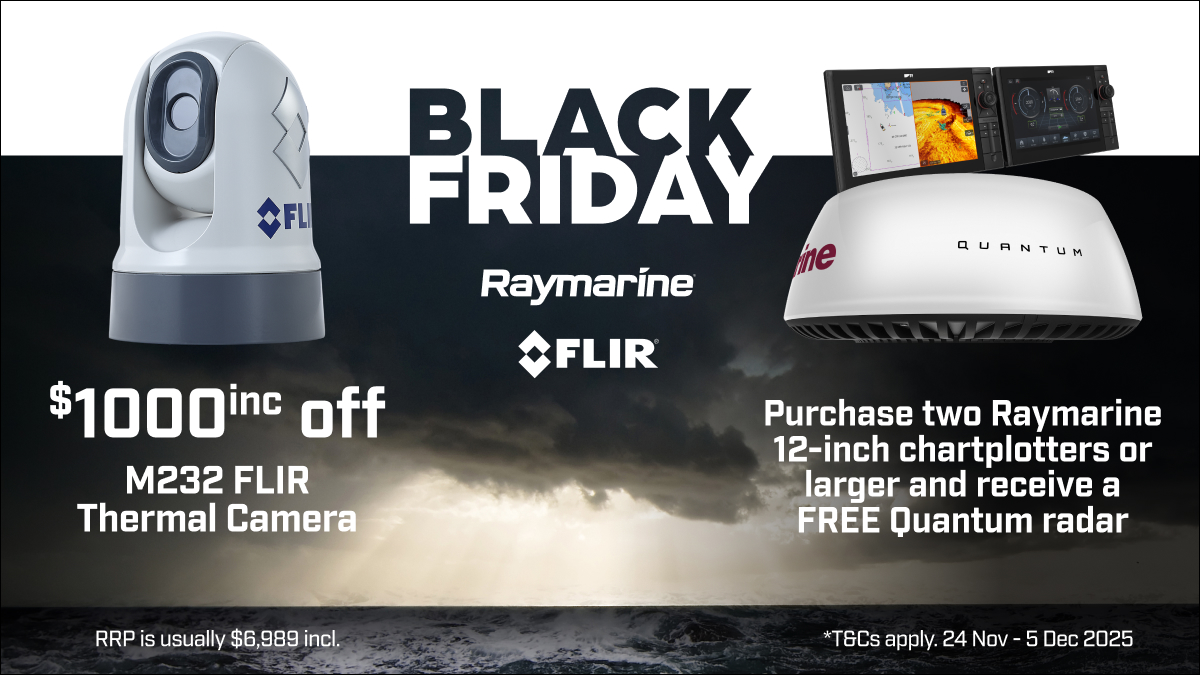When you’re fishing from your boat — whether you’re straylining, jigging, or even dropping a line while on a dive trip — success starts with location. That means finding the fish before you start fishing.
These days, we have far more tools than instinct and memory alone. From reading surface signs the old-fashioned way to using modern sounders and fish finders, it’s never been easier to figure out what’s happening beneath your hull.
Traditional fish-finding skills
Long before electronics, Kiwi anglers relied on natural signs to put them onto fish:
-
Bird life — Diving gannets or terns usually mean baitfish below, which attract predators like snapper and kingfish.
-
Surface disturbances — Flicks, boils, or ‘nervous’ water suggest predators are working bait just below.
-
Tide and current — Current edges, reef drop-offs, and structure funnel baitfish into predictable paths. Knowing the local tide movements is crucial for presenting a natural bait, especially when straylining.
These skills still matter, especially in shallow bays or rocky coastlines. But when there are no visible signs, it’s time to turn to technology.
Using sounders and fish finders
Most boats in New Zealand now carry at least a basic depth sounder. Used well, they can do much more than tell you the depth.
- Basic depth sounders: Entry-level units show depth, water temperature, and sometimes larger fish or bait in the water column. Portable or castable sounders are ideal for kayaks or small boats fishing inshore.
- Advanced fish finders: Brands like Garmin, Lowrance, Humminbird, and Simrad offer GPS mapping, side-scan and down-scan imaging, CHIRP sonar for target clarity, and split-screen views to compare bottom structure with water column activity.
Reading the screen
- Arches = fish moving through the sonar cone.
- Straight lines = stationary fish when your boat is still.
- Blobs = bait balls, often with bigger fish nearby.
Strong red or solid returns at the bottom could mean structure — or large fish hugging it.
Fine-tuning for results
A few tweaks can sharpen your readings:
- Sensitivity/gain — Higher for more detail, but watch for clutter.
- Range — Narrow for shallow fishing, wide for deep.
- Zoom — Focus on a specific depth band.
- Frequencies — Higher for detail in shallows, lower for deep water.
- Colour palette — Adjust for light conditions.
Matching gear to your boat
Which sounder is best depends on your platform:
Kayak or small boat
Try portable units like the Lowrance Eagle 4x Fish Finder or Garmin Striker Vivid 4cv.
Lowrance Eagle 4x Fishfinder
Garmin Striker Vivid 4cv
Tinnies or trailer boats
The Lowrance HOOK Reveal or SIMRAD GO9 XSE strike a good balance of price and power.
HOOK² 4x with Bullet Transducer and GPS Plotter
Simrad GO9 XSE
Larger launches or yachts
Look at the Garmin ECHOMAP™ Ultra 2 105sv or Simrad GO9 XSE, which offer GPS, chartplotting, and advanced sonar capabilities.
Garmin ECHOMAP™ Ultra 2 chartplotter
Think about how you fish—anchored or drifting, shallow or deep water—and choose accordingly. If you’re often straylining for snapper on Auckland’s east coast or working a burley trail off the Coromandel, a transom-mounted sounder with decent mid-range sonar will serve you well.
Putting it together
If your screen shows a bait ball near reefy ground with a couple of solid arches beneath — that’s your cue. Drop a strayline rig with a pilchard, let it drift naturally down the burley trail, and be ready to strike.
Mastering fish detection turns fishing trips from hopeful into productive. More hookups, more action, and better yarns for the trip home.








